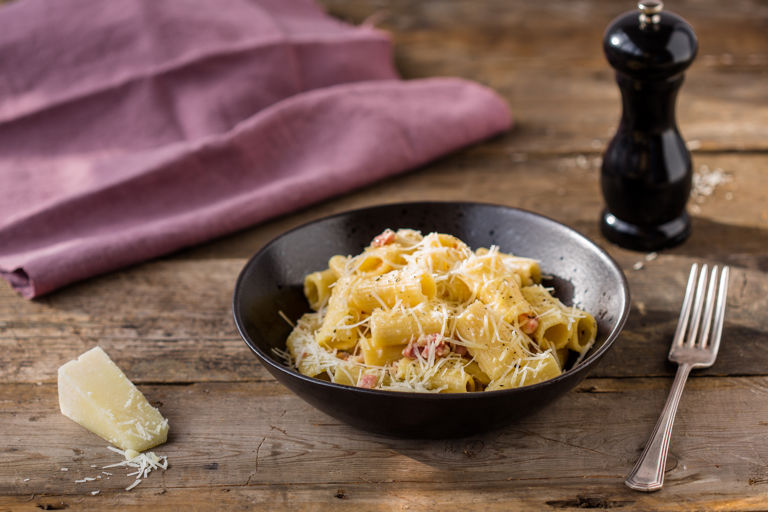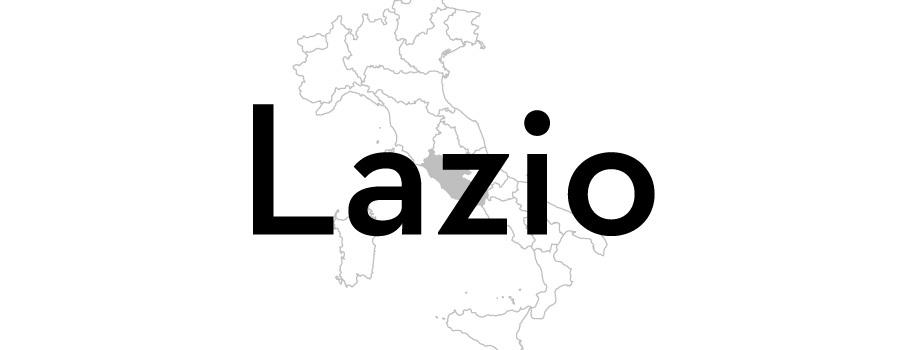Pasta alla Gricia
Pasta alla gricia is one of Lazio's most iconic pasta dishes, comprised of guanciale (cured pork jowl), Pecorino Romano, a twist of black pepper and of course pasta, bound together with a little pasta water for a rich, distinctly porky sauce. It's the foundation of other much-loved Lazian pasta dishes – carbonara has added egg, and Amatriciana brings tomatoes into the mix – but gricia certainly doesn't suffer from its use of minimal ingredients. This simplicity leaves more room for the heady richness of guanciale to shine through, contrasting beautifully with the sharp bite of Pecorino Romano and fierce black pepper.
As the dish relies on so few ingredients, it’s important that you use the best you can find – guanciale has a stronger flavour than other cured pork products but can be difficult to find outside Italy, so if you can’t get hold of it a good quality pancetta can be used instead. Spaghetti and rigatoni are the most common pasta choices for the dish choices, but similar shapes like penne or linguine work well too.
Ingredients
Metric
Imperial
Pasta alla gricia
- 400g of rigatoni pasta
- 300g of guanciale, or good quality pancetta, cubed
- 1 tbsp of olive oil
- 110g of Pecorino Romano, freshly grated
- freshly ground black pepper
Method
Get in touch
Please sign in or register to send a comment to Great British Chefs.




